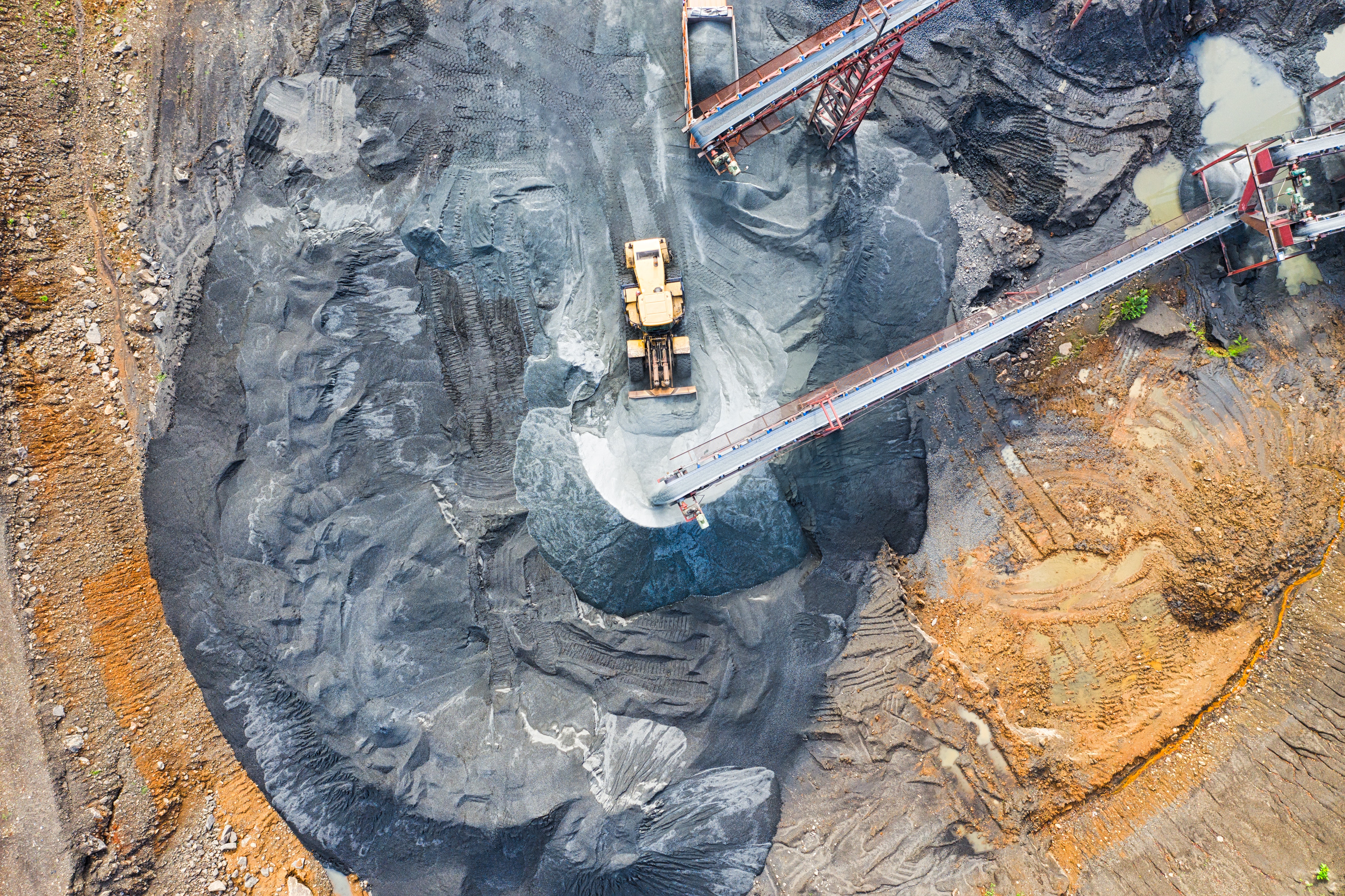
As per the provisions of Article 2 of Decree 381 of 2012, the Ministry of Mines and Energy ("MME") has as one of its duties to promote the necessary steps to assure stability in the supply of hydrocarbons and fuels, including natural gas, oil fuels, and biofuels.
Thus, in execution of this duty and in accordance with article 2.2.2.1.1.1.1A.2.2 of Decree 1073 of 2015, that establishes that MME should set the technical requirements for the development of comprehensive research pilot projects ("PPII" from its acronyms in Spanish) by meeting international standards for the development of hydrocarbons in unconventional hydrocarbon deposits with the use of a multi-stage horizontal drilling hydraulic fracturing technique (better known as "Fracking"), on July 7, 2020, the MME issued Resolution 40185 that established the technical guidelines for the development of PPII.
Notwithstanding the foregoing, the MME found that it needed to expand the content of Resolution 40185 of 2020 to include some definitions and amendments required to understand better the development of the different activities that shape the PPII. For such purpose, on January 15, 2021, the MME issued Resolution 40011 of 2021 (the "Resolution").
The following are some of the amendments included in the Resolution:
1. Amendment of article 2 of Resolution 40185 of 2020:
The Resolution amends Article 2 of Resolution 40185 of 2020, as follows:
I. It modifies the definition of:
a. Fracture Advance Height
b. Base
c. Secondary cementing
d. Radionuclides of natural origin
e. Unconventional Deposit
II. It adds the definition of:
a. Well´s Drainage area of unconventional deposits in source rock.
b. Workover
c. Unconventional deposits in source rock field
d. Disaster Risk Management Plan
2. Amendment of article 10 of Resolution 40185 of 2020:
Paragraph 1° of article 10 is amended by including the scope of what shall be understood as a built infrastructure. Thus, said paragraph would read as follows:
Paragraph 1. In an inhabited infrastructure, no well shall be drilled with a depth less than 500 meters. This prohibition shall only apply to infrastructure built and inhabited when the characterization records of the area of influence for the development of the Environmental Impact Study are carried out. It shall be considered as a built infrastructure when the contractor evidences it while developing the Environmental Impact Studies by taking the images of the geographic and cartographic information needed for the characterization of the area of influence in pursuance of the environmental terms of reference issued by the Ministry of the Environment and Sustainable Development. The socioeconomic characterization of the project must show whether the built infrastructure is inhabited.
3. Amendment of Article 14 of Resolution 40185 of 2020:
Article 14 is modified by establishing that PPII's Fracking activities will not be allowed within one (1) km range from a geological fault (as identified in the seismic interpretation and/or in the existing geological information) existing considering the top of the reservoir subject to fracturing up until the Basement, and that has dip towards the well.
4. Amendment of article 30 of Resolution 40185 of 2020:
With the amendment of article 30, which refers to the evaluation of the PPII, the term to start the drilling of the wells once the environmental license is granted is extended. This term went from nine to 12 months.
Based on the above, the evaluation stage of the PPII will begin when the drilling, completion, stimulation, hydraulic fracturing, and deposit sizing stages have been completed for 100% of the wells that have started drilling no later than 12 months after obtaining their respective environmental license.
Additionally, the amendment establishes that if the contractor does not obtain the environmental license within ten months following its request, it may request to the National Hydrocarbons Agency to extend the term to get such a license for up to six months. For such purpose, the contractor must demonstrate timely implementation and due diligence in the procedures related to obtaining the environmental license. If the 16 months have elapsed (including the term of the extension), and the contractor has not obtained the environmental license, it may continue with the procedures to obtain it, but may not start the drilling stage.
5. Modification to Annex 2 of Resolution 40185 of 2020:
Annex 2 of Resolution 40185 of 2020 is modified by eliminating the obligation to submit to the Transparency Center the information related to the additives' real-time concentration that conforms the fracturing fluid.
Regarding Resolution 40185 of 2020, please refer to our Newsflash in such regard in the following link